Free whiteboard activities from HWB Wales
Check out this lovely collection of free whiteboard (or computer) activities from HWB Wales. The activities are written in Flash so sadly won't work on iPads. SEN Whiteboard activities from…
Check out this lovely collection of free whiteboard (or computer) activities from HWB Wales. The activities are written in Flash so sadly won't work on iPads. SEN Whiteboard activities from…
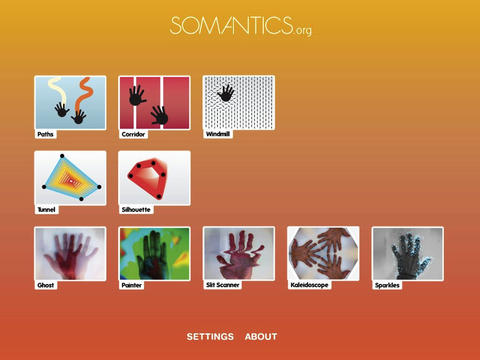
Excellent to hear that Somatics app for the iPad has finally been updated for IOS8. I’ve shown Somantics pretty much since I started delivering iPad training. The touch activities are OK but what makes Somatics special are the cool camera effects such as painter and sparkles. Great for mirror work or better still, hook up the ipad to the projector and put the music on. (more…)

Book Creator has to be one the most useful apps I use on my iPad. Students of all ages and abilities use it to create and share their books. Now it’s available as an app for Windows PC (8.1 and above) and what’s more, it’s free for a short time. Create and read your books on the PC or send them to mobile devices. Highly recommended .

If like me, you work with students who are learning to use a mouse, joystick, roller-ball or even eye gaze, you’ll always be on the look out for motivating activities that students can use to hone their skills. IT Mouse Skills is great but hardly the most exciting activity to play over and over. Here are a few web sites hosting free activities suitable for developing and extending pointing device skills. (more…)

If you work with students who access the computer using touch screens, you won’t want to miss these fully featured programs you can download for the PC and Mac for free. (more…)
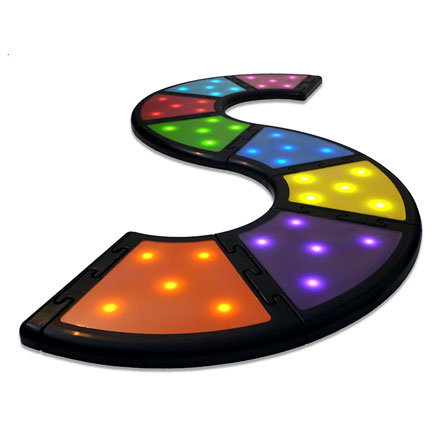
Another gem from my visit to the Holly Bank Trust yesterday, this is Khoros Interactive Musical Instrument. Eight interconnecting illuminated segments which fit together to create a musical instrument that can be played by hands, feet and even the wheels on a wheelchair. Clever software allows you to change the sounds that are played when the segments are activated. (more…)
Good to catch up with Dave Gilbert from Pretorian Technologies during my visit to the Holly Bank Trust in Mirfield yesterday. Dave demonstrated their new J-Pad device which enables comprehensive…
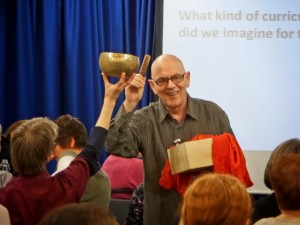 A few weeks ago I spoke at a two day conference organised by Flo Longhorn and Les Staves which explored the past, present and future of special education for people with profound and multiple learning difficulties. The stand-out moment of that conference for me was when Les Staves spoke of using the national curriculum to ‘flavour’ teaching activities for these very special students. (more…)
A few weeks ago I spoke at a two day conference organised by Flo Longhorn and Les Staves which explored the past, present and future of special education for people with profound and multiple learning difficulties. The stand-out moment of that conference for me was when Les Staves spoke of using the national curriculum to ‘flavour’ teaching activities for these very special students. (more…)
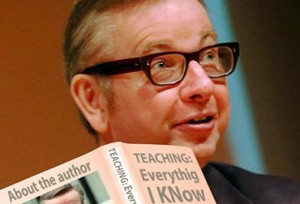
“From 5, children will learn to code and program, with algorithms, sequencing, selection and repetition; from 11, how to use at least 2 programming languages to solve computational problems; to design, use and evaluate computational abstractions that model the state and behaviour of real-world problems and physical systems; and how instructions are stored and executed within a computer system.”
Michael Gove speaking at the BETT Show January 2014
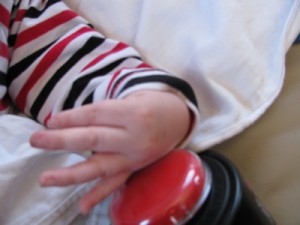
When someone is learning to scan using one switch there are two key skills that they need to practice. The first is the ‘timing’ skill. This involves the student pressing the switch in response to some cue often something popping up on the screen. In the Switch Progression Road Map, it’s described as;
20: Student can press a single switch in response to an on-screen cue.
The most common way to teach this skill has always been with software. You know the thing. A car pops up on the screen and the student hits the switch when they see it. If the student manages to press the switch before the car disappears, they are rewarded with a short animation. Sounds easy and for some of our students it is.